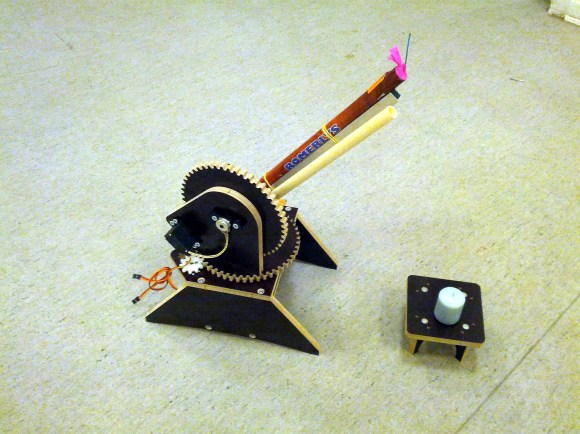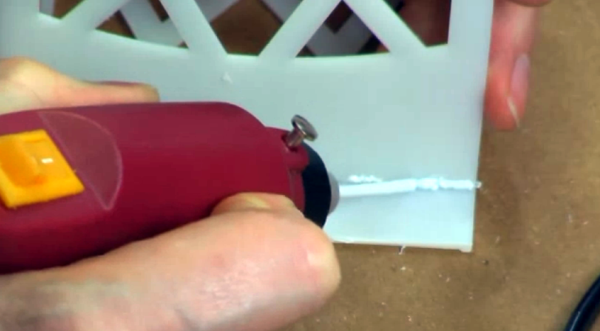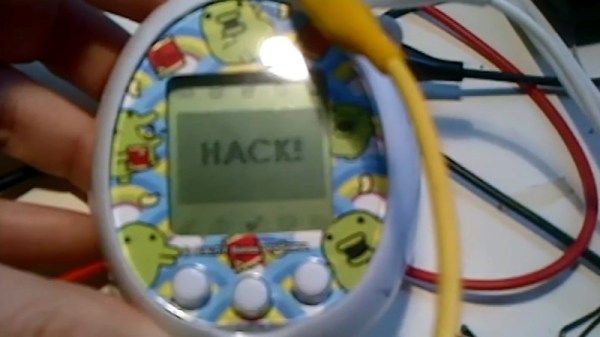
We realize the transmission fluid of an automobile’s automatic transmission is used to transfer the power from the engine to the drive shaft. But after watching this Department of Defense video from 1954 we now have a full understanding of the principles involved in fluid coupling. Like us, you probably have seen a diagram of a transmission which shows the fan-like blades that are affected by the moving fluid. But it’s worth watching the 12-minute clip after the break to understand how that liquid is moving and why that matters so much in the design. The motion of the rotors, along with the design of the enclosure, causes the fluid to move in a continual corkscrew — the shape of slinky whose ends have been attached to each other. This type of illustration leads to an intuitive understanding of how it’s possible to facilitate an efficient power transfer using a liquid.
Check out some of the comments left in the Reddit thread regarding this film. We agree with [Runxctry]; there’s something about the format of the presentation that makes these informative and engaging to an almost addictive level. But maybe it’s just the engineering geek deep inside that’s cause these feelings?














